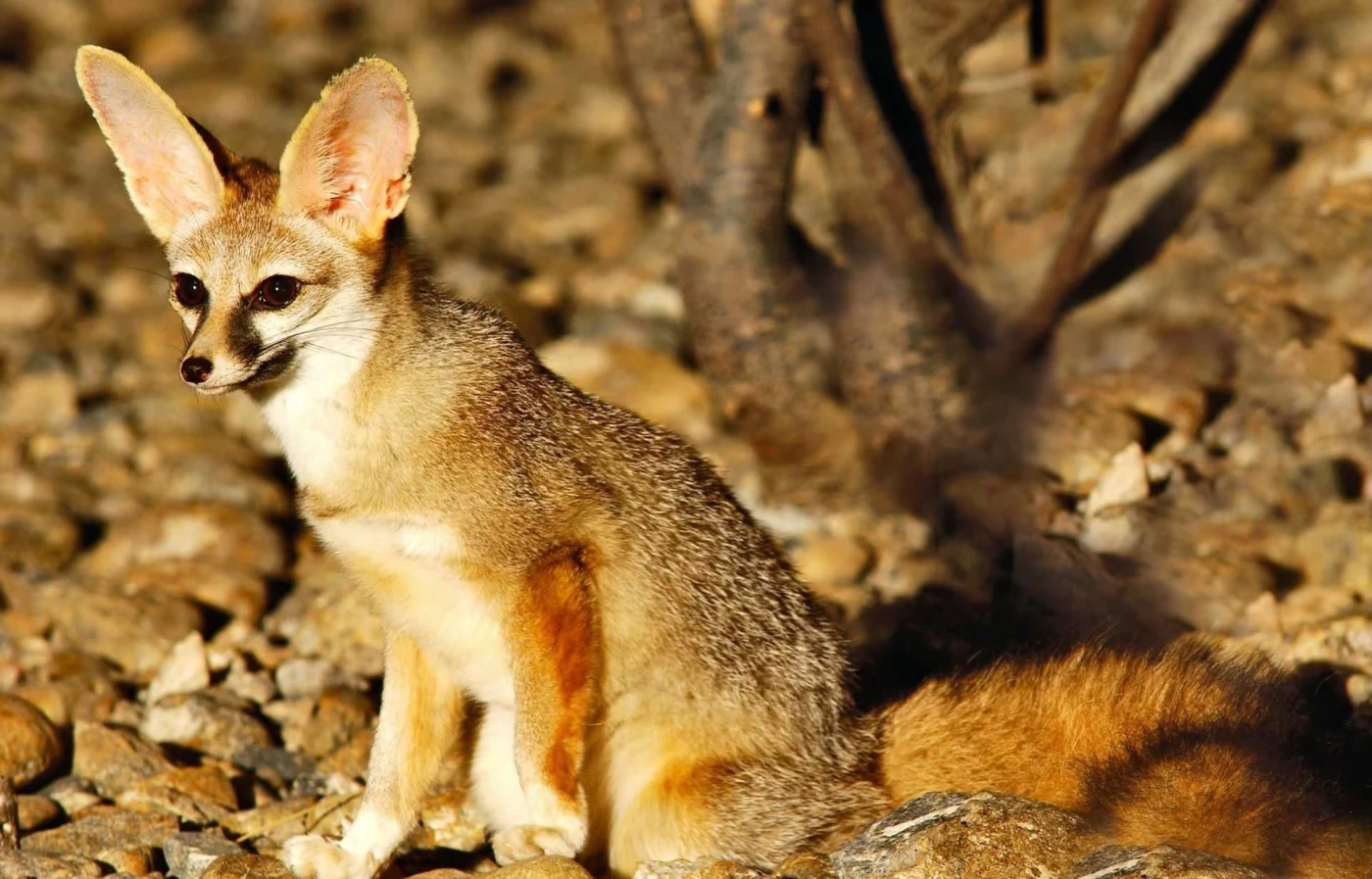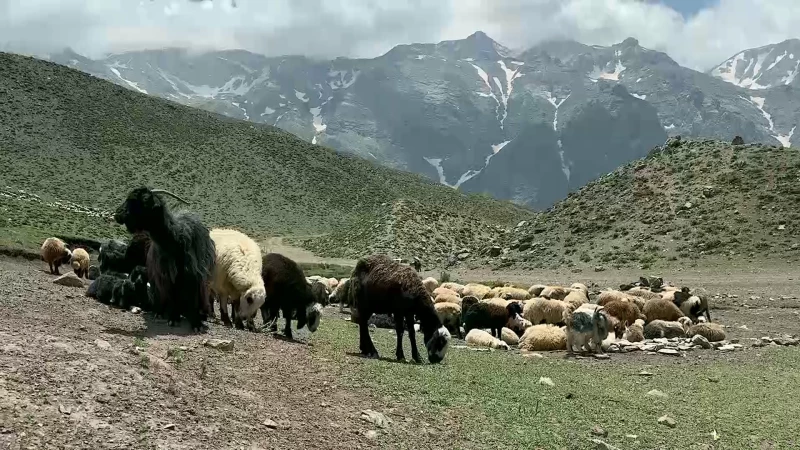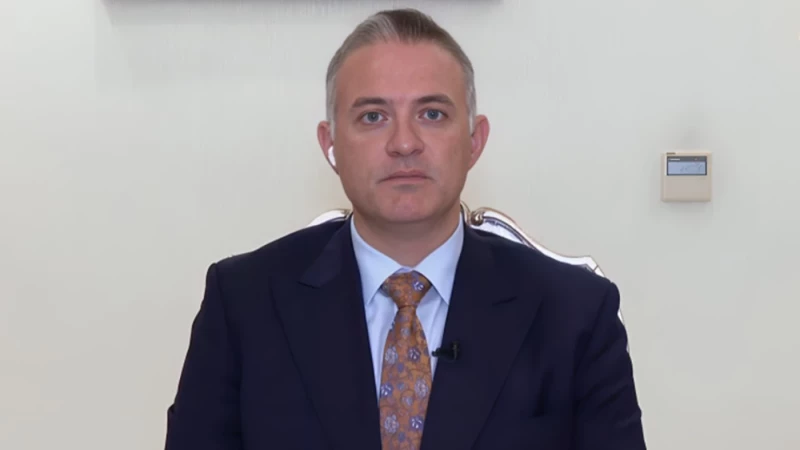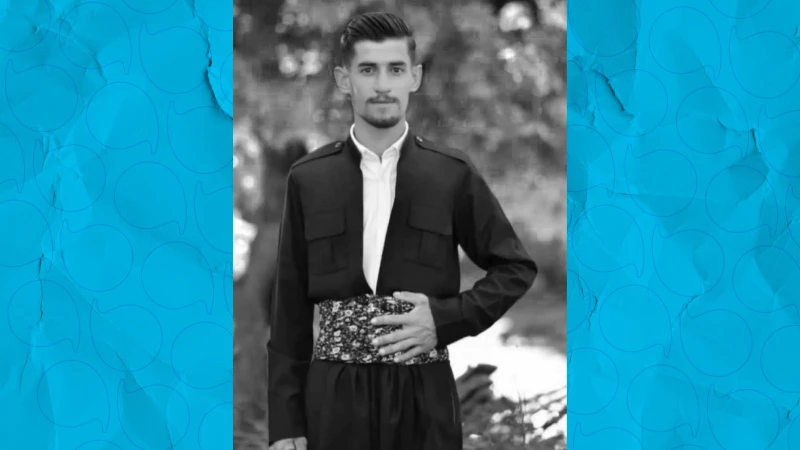One day around mid-May this year, before the wheatfields in our area south of Erbil were harvested, one of the younger sons of my neighbor told me that he had set up a trap for a fox that had eaten eight of his chickens. He had built a trap door wooden box and placed it among a row of bushes on top of a hill behind their house, and he moved the trap to a different place every couple of days for a week. It did not catch the fox and he gave up a few days later.
When he first told me, I was skeptical that he could outsmart a fox by putting a dead pigeon inside a wooden trap and hoping to lure it in. “Why don’t you put the chickens in their coop?” I said. “The chickens are of a type that only sleep on trees at night,” he replied. “How about your dogs?” I asked. “Do they not deter the fox?” He said that the fox came in and took the chickens without alerting the dogs.
Just days earlier, a herdsman who has a sheepfold a few hills away, also lost about a dozen chickens to a fox in one night. He tried to kill the fox by lying in ambush with a shotgun a few nights in a row, but the fox was nowhere to be seen.
Research by Kurdish and Iraqi wildlife experts show that there are red and trans-Caucasian (Vulpes Kurdistanica) foxes in the Kurdistan Region and Iraq, and in 2020 what is known as Blanford’s fox was also sighted in the Kurdistan Region. It is named after English naturalist William Blanford who first described the species in 1877.
Whenever I hear these stories about foxes eating chickens, I believe that it is almost always the owners’ fault. They put together bits of scrap metal or pieces of timber with poor roofing and porous walls, and call it a coop. I too have several chickens and roosters. But they are kept in a proper room and together with one of my dogs they live in a well-fenced enclosure. Hence, I have never had that problem. As the Kurdish saying goes: Lock your house and don’t call anyone a thief.
Almost every day I see the fox that some of the villagers complain about, even though I don’t think the culprit is just one or the same fox. There certainly are more than one in the area. Sometimes, over the course of a single day I have happened to see three foxes. That is why it is not fair to point the finger of blame at one single fox for the loss of the chickens.
Having said that, I think one of the foxes is a permanent resident of the little valley between my house and that family’s on the hill. It is hard to describe it as it changes color and size by the season. It is skinny in the summer and loses much of its fur. In the autumn and winter, it is a lot fluffier with a thick bushy tail. It also wears a golden color, especially when it trots around in the sunset hours.
I do not know where it breeds and raises its pups. I have found a foxhole under a cliff, but I think it is only an escape shelter when feeling threatened. One of my own dogs, Zurna, who is a mix of sheep dog and greyhound, has chased this fox numerous times without success. Every chase ends with the fox disappearing behind a hill or in the thick bushes nearby. One time it ran into that hole under the cliff and once into the house whose eight chickens were recently eaten.
If Zurna is not in sight, this fox takes more of a leisurely walk around the garden and the vicinity of a reed-bed. Some mornings I clearly see the result of the fox’s activities from the night before. One day last spring I saw a black franclon (Porr in Kurdish) under an oleander plant. The next day all that was left of her was the feathers scattered in the grass under the same oleander. In another spot the victim was a pigeon, whose grey feathers covered the ground.
Being a fox, it is hard to predict where and when it may appear next. But I am sure that it monitors my movements and that of Zurna. It can even tell if the dogs are free or if they are on the leash or in their enclosure. For example, the night I had begun writing this piece, my other dog, Zoran, started barking loudly and nonstop. I knew it must be something serious and too close. I rushed to the empty side of the house and saw a fox standing right on the edge of a small cliff, staring confidently at Zoran behind his fence. The sun had set only a couple hours earlier and therefore there was a perfect silhouette of the cunning fox with its long snout and pointed ears against the twilight.
Unlike people in the village who have it out for the foxes for allegedly taking their chickens and almost never seeing them, to me it is a daily encounter. In Kurdish culture seeing or coming across a fox means luck, and I certainly consider myself lucky for seeing these foxes whether it is a quick glimpse during the day or their shining eyes at night.


 Facebook
Facebook
 LinkedIn
LinkedIn
 Telegram
Telegram
 X
X



